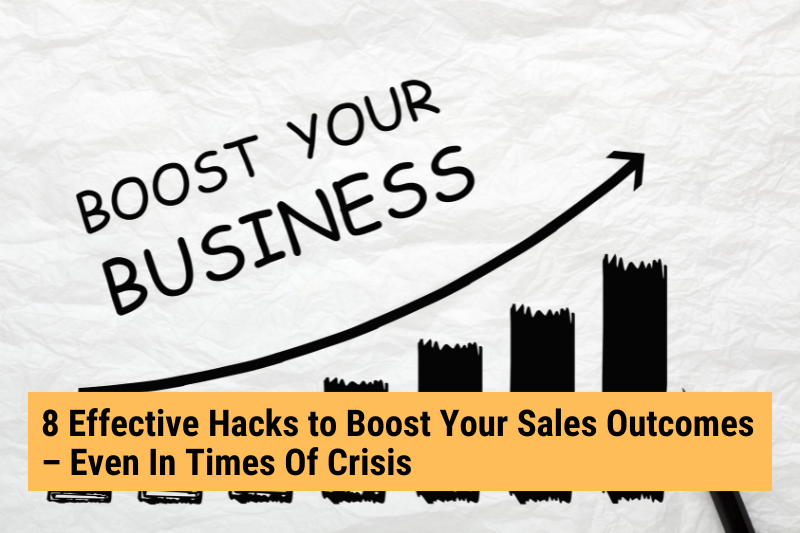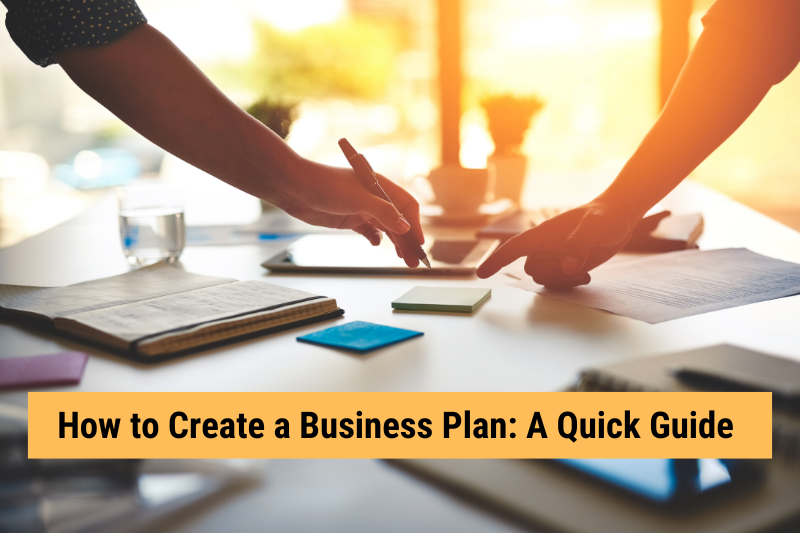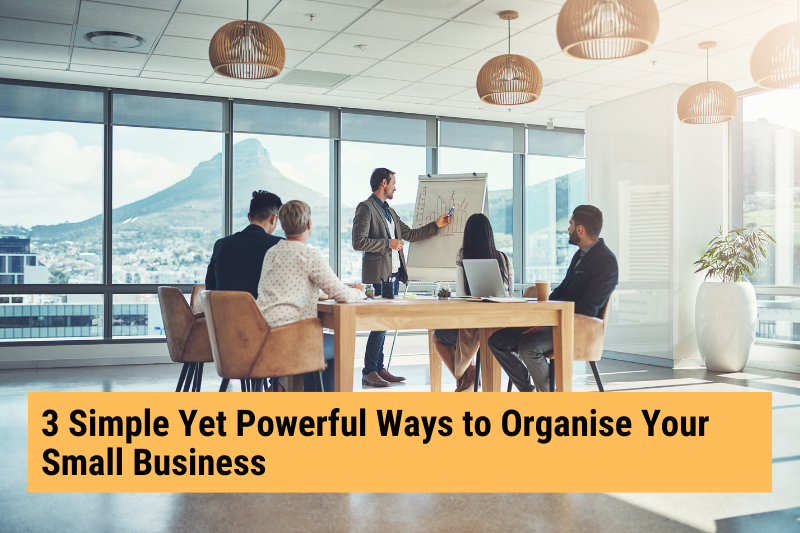1 Challenge
- “I want to make better decisions for my company.”
2 Questions
- “How can I make better decisions?”
- “How can I minimise bad decisions?”
3 Ideas
- Consider Multiple Options – But Know Your Limits
- Take Your Time
- Use Emotions, Facts and Visualisations
Some sources suggest that the average human being makes an eye-popping 35,000 decisions in a day.
That’s:
- 1458 decisions per hour
- 24 decisions per minute
- 0.4 decisions per second
But if, like most people, you sleep 7 hours per day, you still make 2000+ decisions in just a single hour.
- Should I wake up or go back to sleep?
- What should I have for breakfast?
- How should I go to work? By car or public transport?
- What time should I have lunch?
- Should I leave early today or put in some overtime?
Almost everyone makes these decisions during the course of day-to-day living. And almost all these decisions are easy to make, and occasionally based on spur-of-the-moment choices.
But business owners cannot afford such a casual attitude to decision-making. This is because every business decision – good or bad – can have a tangible impact on their organisation, people, customers, and profits. Whether this impact is good or bad, positive or negative, depends on the decision and the decision-maker. That’s why decision-making is an important skill for all business owners, managers and leaders.
If decision-making is a challenge for you, here are 3 ways to improve your skills.
1. Consider Multiple Options – But Know Your Limits
We rarely make decisions based on just one single available option. To make the best possible decisions, look at the situation from multiple perspectives. Explore different choices, and the risks and rewards of each. If required, ask different people for their opinions, seek feedback, and consider these inputs to inform and improve your decision-making process.
But at the same time, guard against “analysis paralysis”. This is a problem that affects many entrepreneurs and business owners, as they consider too many options, opinions and perspectives in trying to make “perfect” decisions. No one can tell you how many is too many, and no one can decide what constitute a perfect decision – but you. Set a limit on perspectives, opinions or time – basically, anything that enables you to take a well-informed, well thought-out decision without wasting too much time on “what ifs”, “could bes” and “maybes”.
Remember that there are no perfect plans, no perfect decisions, and definitely no perfect people. Consider the choices you do have, set a limit, and make the best, most educated choice you can.
2. Take Your Time
For almost every decision you need to make, you will have sufficient time. Use this time wisely to think about the decision, various options, and its possible repercussions. Try not to rush into making a decision based on a particular option, just because it’s easily available, or appears to be the “best”. Do follow deadlines if any, but if you need more time to consider your choices and think further about the impact of a future decision, ask for an extension. Of course, this doesn’t mean that you procrastinate. All it means is that you don’t jump the gun or make unnecessary haste.
But what if you have to make a decision urgently, or if you don’t have time to think through every possible option? Then by all means, take fast decisions. But even so, try to consider the holistic picture before you finalise anything. Look at the situation, the factors affecting it, the possible impact, potential risks or rewards, etc. before saying a final Aye or Nay.
3. Use Emotions, Facts and Visualisations
With every decision and situation, there’s always some amount of risk and uncertainty involved. Sometimes, things don’t always turn out like we think they will. Sometimes, they cause even bigger problems than we started out with. This is why, before making a decision, visualising it is important. A little extra time to visualise how a particular decision could turn out could make a big difference in how it actually does turn out. Consider the different variables involved, and review how your decision could impact various stakeholders, the situation, and your company.
Also leverage both facts and emotions in your decision-making process. The best decisions are based on logic and data. But don’t underestimate the value of human emotions! If possible, don’t give more weight to emotion over logic, or logic over emotion. Balance all these factors to identify the variables, choices and stakeholders involved in a particular decision. And above all, follow your moral and ethical compass to guide you, especially if logic and emotions are pulling you in different directions. And always, always be professional, consistent and authentic, and have a solid reason for taking Decision A over Decision B.
Conclusion
Business decision-making is one of the most challenging things out there. One wrong decision can have serious repercussions for your company, people, customers, and even your industry and country. That said, follow the 3 strategies discussed here, and you will surely be able to make better decisions that create positive outcomes for everyone involved.
What did you think about this short article?
Share your thoughts in the comment box below!












0 Comments